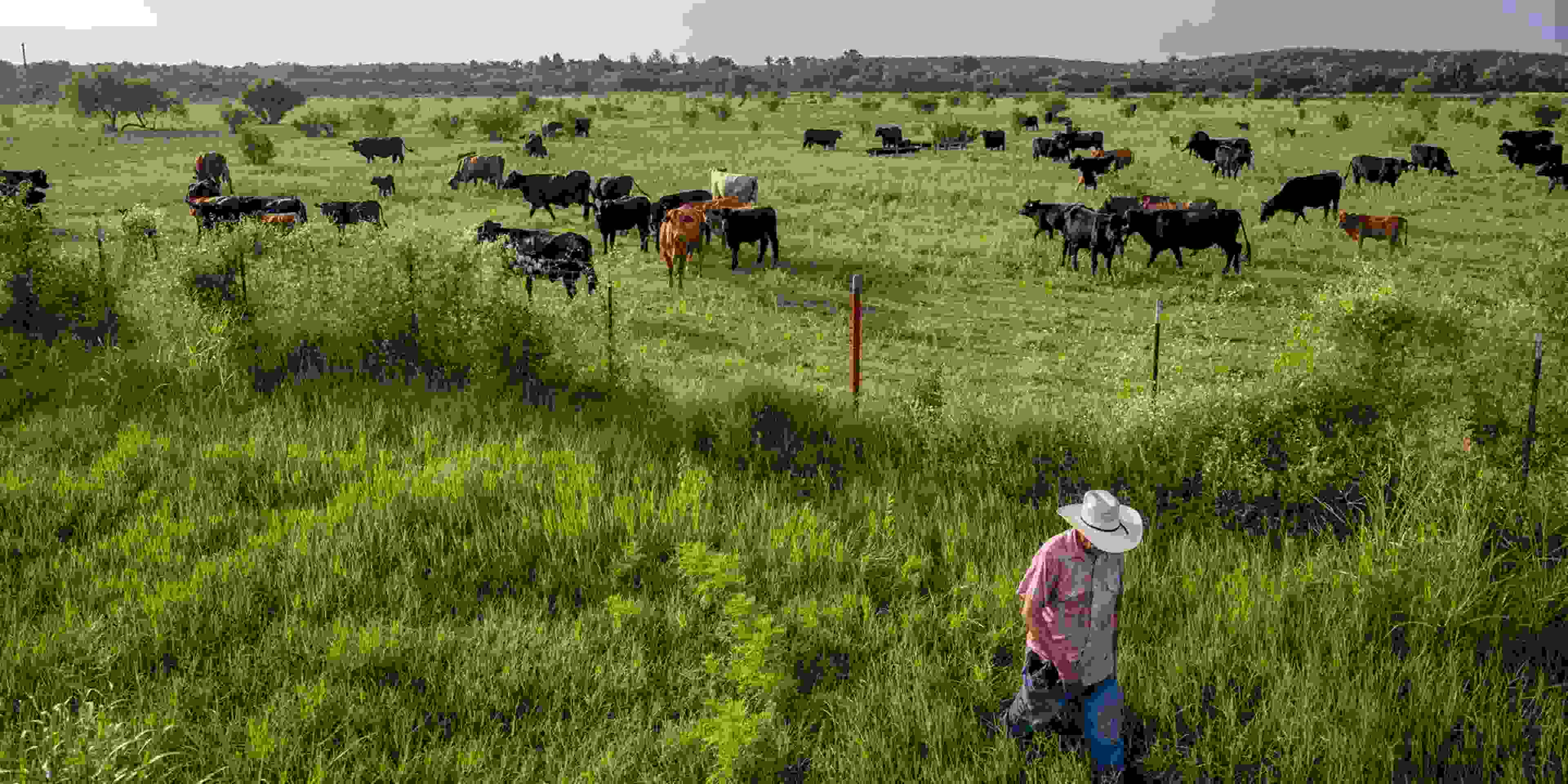Yamanashi - Mount Fuji, or Fujisan, is Japan’s highest and most iconic mountain, standing proudly at 3,776 meters. Known for its perfectly symmetrical cone shape, it is not only a natural wonder but also a cultural symbol deeply rooted in Japanese history, art, and spirituality.
Located on Honshu Island, about 100 kilometers southwest of Tokyo, Mount Fuji attracts millions of visitors each year. Its breathtaking scenery changes with the seasons: snow-capped in winter, surrounded by blooming cherry blossoms in spring, lush green in summer, and painted with vibrant autumn foliage in fall.
For adventure seekers, climbing Mount Fuji is an unforgettable experience. The official climbing season runs from early July to early September, offering safe and accessible routes for hikers. Many choose to ascend at night to witness the magical sunrise from the summit, known as Goraikō.
Photography enthusiasts will find endless opportunities to capture Mount Fuji’s beauty, especially from famous viewpoints like Lake Kawaguchi, Chureito Pagoda, and Hakone. Whether reflected in a calm lake or framed by colorful flowers, the mountain’s charm never fails to inspire awe.
Beyond its natural allure, Mount Fuji is a UNESCO World Heritage Site, recognized for its cultural significance. It has inspired countless works of art, poetry, and traditional woodblock prints, making it a timeless muse for Japanese and international artists alike.
Visiting Mount Fuji is more than just sightseeing—it’s an immersion into Japan’s natural splendor, cultural heritage, and spiritual essence. Whether you admire it from afar or conquer its summit, the mountain will leave you with memories that last a lifetime.
